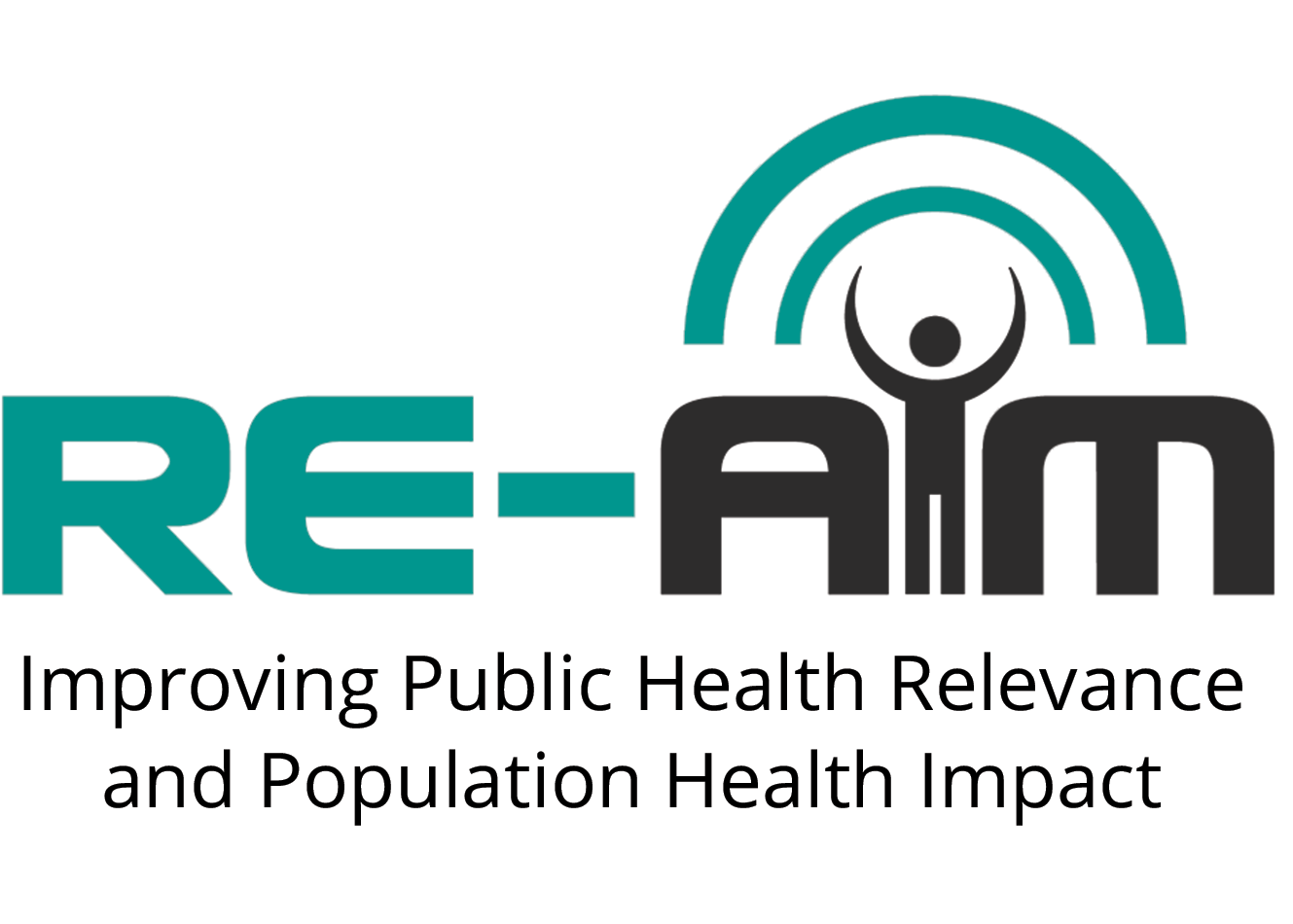Sept. 3, 2013 – Welcome to RE-AIM.org,
Folks often ask us how to differentiate between Reach and Adoption.
Reach, on the left side of the hyphen, is an individual-level measure and is reserved for the end-user. That might be patients or community members, depending on the target audience. This is the most commonly reported dimension, where authors report on approximately 60% of reach indicators (as evidenced by various reviews [e.g., Kessler et al., 2013, Gaglio et al., 2013, Harden et al., 2013, Allen et al., 2011]).
Adoption, as it’s on the right side of the hyphen, is a setting-level factor. Adoption aims to provide information on the setting(s) and where the intervention took place and the staff who is delivering them. About one third of authors report on adoption; as seen in the reviews listed above. However, no behavioral intervention article has reported on all adoption indicators (Gaglio et al., 2013).
The purpose of this post is to increase the accurate and complete reporting of Adoption.
Below is a table that illustrates all of the Adoption indicators.
| Staff Level Adoption |
|
| Setting Level Adoption |
|
Using this table each time we write-up our methods will help us be transparent in our reports.
Until next time,
Samantha Harden and the RE-AIM Team
